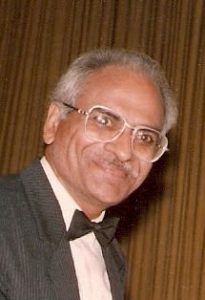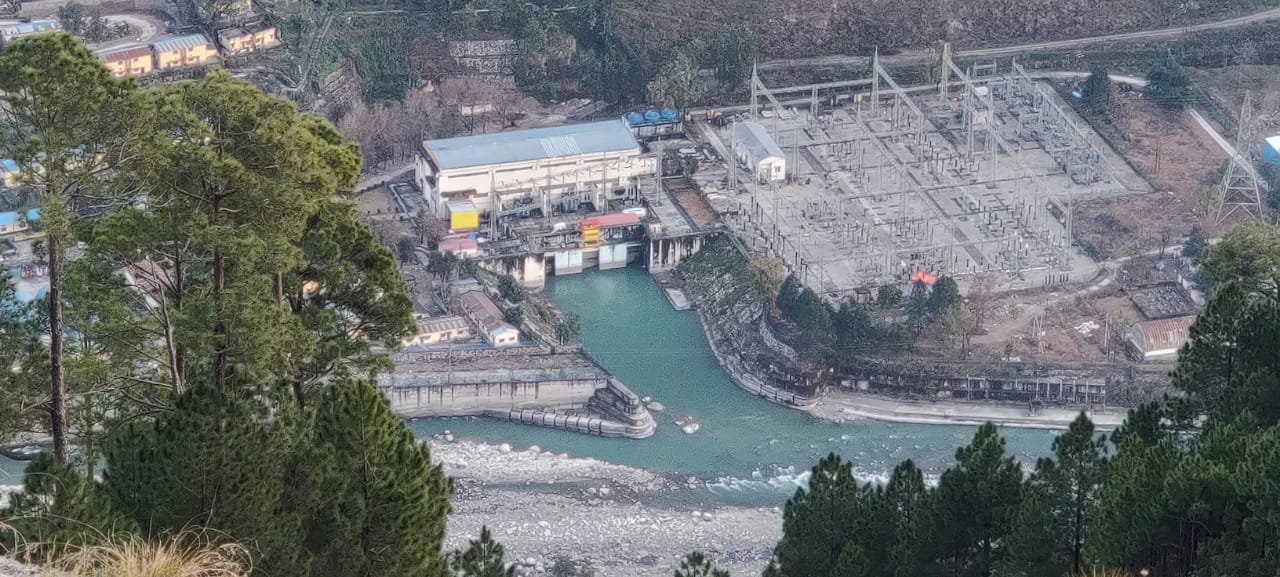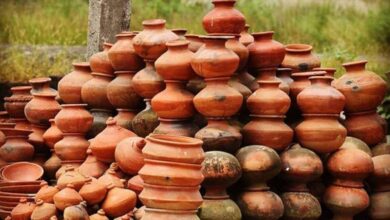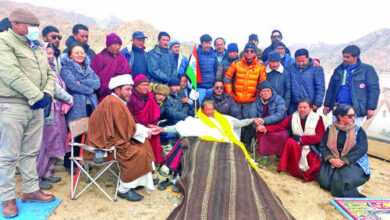WRONG URBAN MANAGEMENT & INDUSTRIAL POLLUTION MADE RIVERS SICK
Prof.Er.Dr. Devendra Swaroop Bhargava

(Former Professor of Environmental Engineering & Pollution Control at IIT Roorkee & AIT Bangkok)
The Indian rivers were not polluted when Industrialisation and water-carriage system for excreta disposal were not there.As the country kept developing, domestic, industrial, agricultural and other wastes got generated only to find their way into the rivers adjoining the various towns and cities. The rivers serving the water needs of the population thus got polluted and started impacting the public in many ways. The towns and cities were developed rather haphazardly without realising that the adjoining rivers could not be protected from getting polluted, and it had become too late to prevent the pollution of the rivers.
Thus, a system was developed to trap the generated waste waters through sewers to be discharged into the river’s downstream with or without any treatment depending on the financial status of the town/city. And many populated areas of the city were left out because, unlike developed countries, the sewerage system was developed on priority basis. As a result, a large amount (around half of the total generated waste waters as reported for all Indian cities) of the generated waste waters found its own way to directly enter into the adjoining rivers at many points along the city stretches of the river and the rivers became significantly polluted all along their city stretches despite the best treatment (even with foreign imported technologies) of the 50% collected waste waters.
Therefore, now the river pollution along its city stretches in India can be prevented only by a preventive approach wherein not a drop of any wastewater would be allowed to enter into the city stretch of the river. And this can be possible only by creating a barrier between the river and the city on one or both sides of the river depending on the development of the city.
Such a barrier can be created by constructing a retaining-wall or dam-like structure along the bank(s) of the river and such a dam can be beautified (to attract visitors and public-esteem) with flowers, benches, bathing-platforms(“ghats”), Gujrati-Swings, etc.
A huge pipe/drain or a covered canal would also be constructed between the dam and the city to trap all the waste waters flowing towards the river. This canal/pipe will take the waste waters upto 2-3 km downstream of the city for discharging into the river with or without any treatment depending on the financial status of the city such that the river will self-purify itself before reaching the next downstream city/town.
Alternatively/preferably, this wastewater can be supplied/pumped or sold to the farmers who will get irrigation-water during draught times (this will thus, also prevent suicides by the farmers) and that too rich in natural/organic manure/nutrients (instead of using harmful synthetic-fertilizers) to promote organic-farming for greater profits.
When it comes to pollution of Indian rivers, the numerous post-Corona Clean-river pictures explicitly manifested INDUSTRIES as the main VILLAIN.
GOVERNMENT must therefore, immediately CLEAN Pollution-Control BOARDs (Central + States) of PSEUDOs (who cannot even workout effluent-standards for each industry or do mass-balancing or even know BOD meaning, etc) at all levels and
Take complete RESPONSIBILITY of TREATING all INDUSTRIAL-effluents/wastes themselves and MANAGE their SAFE DISPPSAL, RECOVERY of useful-elements, GENERATING energy via BIOGAS, PRODUCING & SELLING natural MANURE, SELLING treated-effluents for various uses like irrigation, street-washings, etc
Attempt should also be made to MAKE these BOARDS SELF-SUSTAINING/Financing via SELLING of recovered materials/energy/effluents/manure etc & CHARGING the Industries or groups of small industries (needing common treatment) appropriately
The INDUSTRIES would thus, be LIBERATED from the severe TORTURE of finding appropriate effluent-treatments and maintaining (whimsically-set) effluent-standards, extortion of money, managing various disputes/litigations, etc
Note : The writer is the author of more than 500 research papers and recipient of 32 academic awards including the highest & most prestigious UGC’s SP-award





